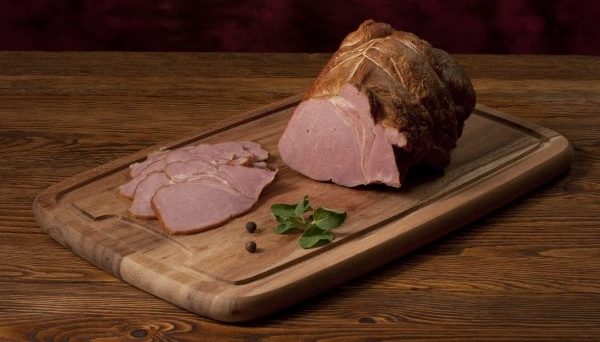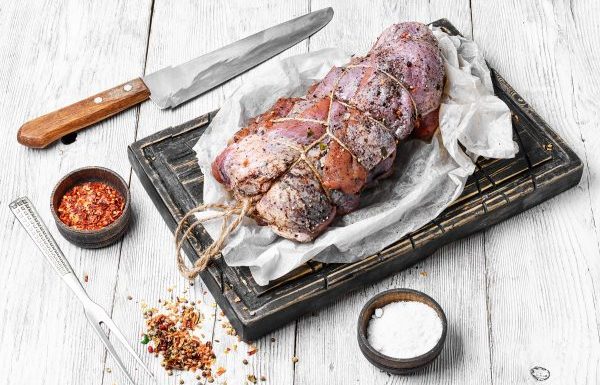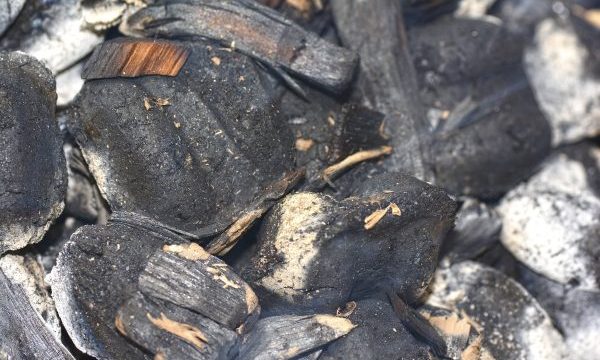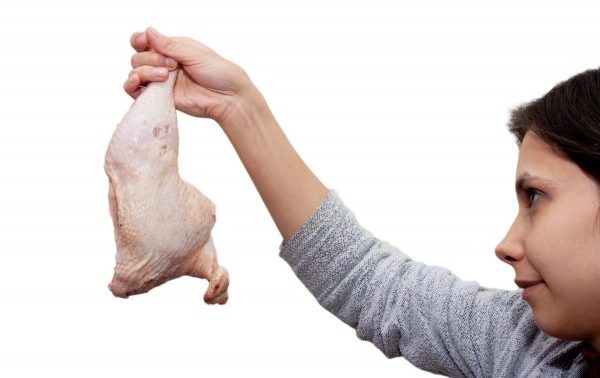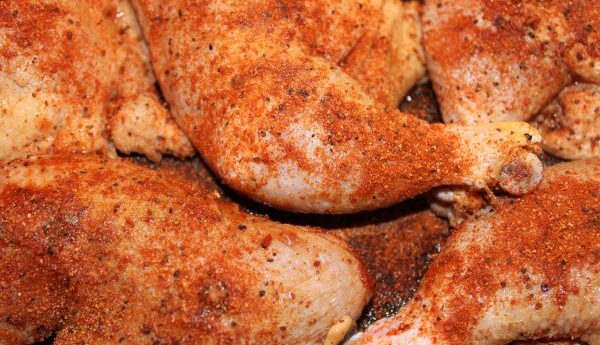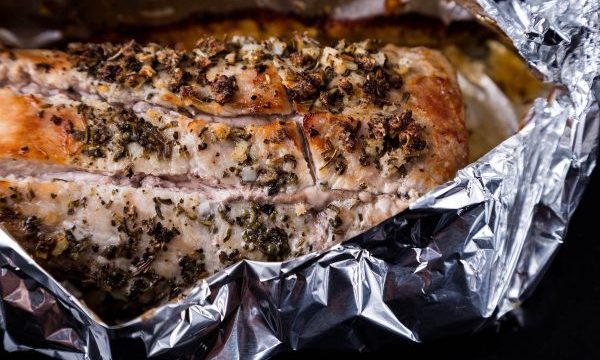If you really love to barbecue and smoke meat, it is safe to say that your most valuable tool is your smoker. Smokers are designed to last, making them appear resilient and steadfast; but without proper cleaning and care, your smoker will not continue to perform as it should. More importantly, a dirty smoker can pose health and safety risks. Because smokers seem so durable and resistant to damage, it can be easy to forgo a cleaning use after use. Nonetheless, the chore is important and imminent.
If you have never cleaned your barbecue smoker, or have only cleaned it once or twice since purchasing it years ago, it is highly likely that it is in need of a good cleansing. In fact, it is recommended to clean the insides of smokers every 6 to 12 months, and the outsides every other time it is used. Continue reading for some more important tips like these, including a quick guide to cleaning your smoker.
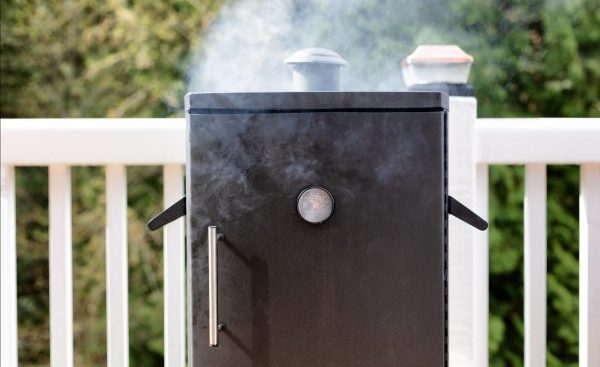
For Great Smoked Meats and BBQ, Call
317-688-7290!
Rust and Grease
The biggest and most imminent threat to your smoker is rust. Although smokers are built with a protective coating, it does not last forever; eventually, rust will get through. Rust will deteriorate and corrode the inner and outer components of a smoker, which weakens its structural integrity overtime. At this rate, you can expect to replace your smoker before you should have to. A great way to protect your smoker from premature rust formation is to oil it after every use. Use a store-bought cooking spray, like Pam®, to lightly spray the surface when it cools to around 150 degrees Fahrenheit. You can also apply cooking spray to partly rusted surfaces.
Special Note: As an iron oxide, rust forms when iron, oxygen, and water (air moisture) combine. When these elements come into contact with one another, the iron loses electrons to oxygen atoms; a process called oxidation. Oxidation produces a chemical reaction that forms Fe203, or rust.
Aside from rust, grease is another major threat to both the structural and performance integrity of your smoker, as well as the health of those consuming the barbecued meats cooked in the smoker. Leftover food deposits, grease, and sludge can all accumulate at the bottom and on the cooking rates; Eventually, the sludge can begin to grow mold. Fortunately, a dirty, moldy, smoker can be cleaned with a few common supplies and a little labor.
How to Clean Smokers
What You Will Need:
☑ Old Clothes (or protective apron)
☑ Long Rubber Gloves
☑ Small Shovel
☑ Paper Towels
☑ Scrubbing Brush
☑ Large Bucket Lined With a Garbage Bag
Getting Started:
Cleaning a smoker is a dirty job, so be sure to don all of your protective gear and clothing. This includes old work clothes, long rubber gloves, and large aprons. Once you have all of your gear and supplies ready to go, you can get right to work!
First, remove the cooking grates from inside your smoker. Now you are ready to clean out the sludge and grease. Be very careful to not scrape the metal surface with your shovel. You do not need to scrape the sides. Only scrape from the bottom.
Use your small garden shovel to gently scrape the sludge out from the BOTTOM of the smoker, but do not remove all of the sludge. Leave behind a thin layer to keep the surface slightly oiled to prevent rust. Once you removed as much grease as needed, use paper towels to wipe out the pit. You will get dirty during this part, so be sure you are not wearing anything you care about salvaging, including jewelry.
Now it is time to clean the grates. Do not use soap. Soap is too harsh and will remove too much grease; grease that is needed to keep your grates from rusting. Instead of soap, heat your smoker up and then allow it to cool down. This makes it easier to remove the grease.
Once they are cooled enough to safely handle, wipe them clean with paper towel. For extra dirty grates, use a clean scrubbing brush to gently removed caked-on food debris and sludge. After the grates are wiped clean, give them a light coating of cooking spray to keep them nicely oiled.
Be sure to clean the ash out of the firebox to prevent rust formation. When ash mixes with water or moisture, it can create the reaction that causes rust to form. Ash absorb water overtime, so regularly cleaning it out of the firebox is highly beneficial.
After the inside is finished, it is time to clean the outside surface. Use damp paper towels to wipe the surface of your smoker. Repeat this step as many times as it takes until the paper towels are no longer brown after wiping. Once you are finished, you may choose to spot paint your smoker to make it look like new. Just be sure to use a heat-resistant paint.
Enjoy Smoked Barbecue Meals and More!
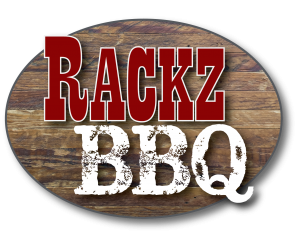
Rackz BBQ
317-688-7290

